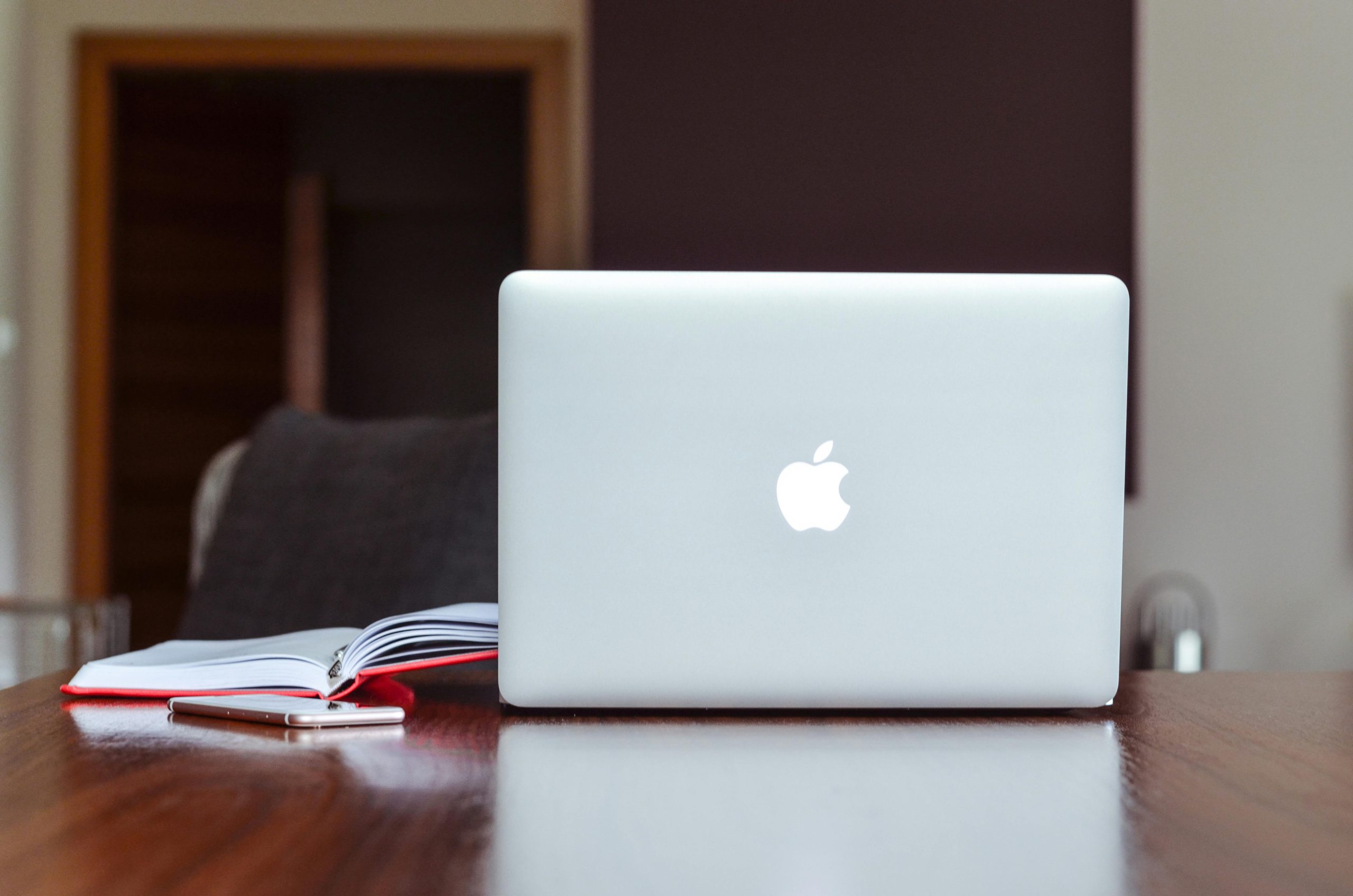If your Mac is running slow or you’re experiencing performance issues, cleaning up your system can help optimize its speed and efficiency. Over time, Macs can accumulate unnecessary files, cache data, and system clutter that can impact performance. In this guide, we’ll walk you through the steps to clean up your Mac and make it run faster.
1. Remove Unused Applications
The first step to cleaning up your Mac is to uninstall unused applications:
– Go to Applications: Open Finder and navigate to the “Applications” folder.
– Drag Unused Apps to Trash: Identify apps you no longer use, then drag them to the Trash.
– Empty Trash: Right-click on the Trash icon in the Dock and select “Empty Trash” to permanently delete the apps.
2. Clear System Storage
Next, free up space on your Mac’s storage by removing large and unnecessary files:
– Use Storage Management: Go to Apple menu > About This Mac > Storage > Manage.
– Review Recommendations: Check the recommendations for optimizing storage and remove large files, old documents, and downloads.
3. Delete Temporary Files and Caches
Clearing temporary files and cache data can improve performance:
– Clear Browser Cache: In Safari, go to Safari menu > Preferences > Privacy > Manage Website Data > Remove All.
– Clear System Cache: Use a cleaning tool like CleanMyMac X or manually delete cache files in ~/Library/Caches/.
4. Manage Startup Items
Disable unnecessary startup items to speed up the boot process:
– Go to System Preferences: Open System Preferences > Users & Groups > Login Items.
– Remove Unnecessary Items: Select items you don’t need at startup and click the “-” button to remove them.
5. Optimize Storage
Enable macOS’s built-in optimization tools to manage storage efficiently:
– Enable iCloud Drive: Store files in iCloud to free up local storage.
– Empty Trash Automatically: Go to Apple menu > About This Mac > Storage > Manage > Turn on “Empty Trash Automatically.”
6. Clean Up Desktop and Downloads
Organize your desktop and clear out the Downloads folder:
– Move Files: Create folders on the desktop and move files into them.
– Delete Unnecessary Downloads: Review and delete old files in the Downloads folder.
7. Update macOS and Apps
Ensure your Mac and apps are up to date to benefit from performance improvements and bug fixes:
– Update macOS: Go to Apple menu > System Preferences > Software Update.
– Update Apps: Open App Store > Updates > Update all apps.
8. Remove Language Files
Remove unused language files to free up space:
– Use Monolingual: Download and run Monolingual to remove unnecessary language files.
9. Monitor Resource Usage
Keep an eye on resource-intensive apps and processes:
– Use Activity Monitor: Open Activity Monitor (Applications > Utilities) to identify and quit apps using high CPU or memory.
10. Consider Third-Party Cleaning Tools
Use reputable third-party cleaning tools for advanced cleaning and optimization:
– CleanMyMac X: A powerful cleaning tool for removing junk files, malware, and optimizing system performance.
– CCleaner for Mac: Offers similar features to CleanMyMac X for cleaning and optimizing macOS.
11. Reboot Your Mac Regularly
Restarting your Mac can refresh system resources and improve performance:
– Restart Your Mac: Go to Apple menu > Restart.
12. Upgrade Hardware (If Necessary)
If your Mac is still slow after cleaning up and optimizing, consider upgrading hardware components like RAM or storage:
– Consult Apple Support: Check compatibility and consider upgrading hardware with professional assistance.
By following these steps and regularly maintaining your Mac, you can significantly improve its performance and responsiveness. Cleaning up your Mac not only frees up valuable storage space but also enhances system efficiency and speed. Remember to back up important data before making significant changes to your system. Incorporate these cleaning and optimization practices into your routine to keep your Mac running smoothly and efficiently for years to come. Enjoy a faster and more responsive Mac experience with these tips and tricks!



